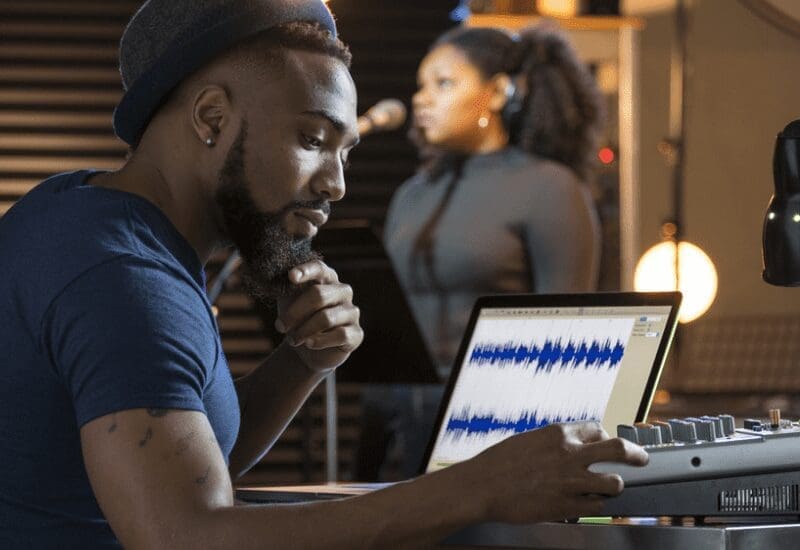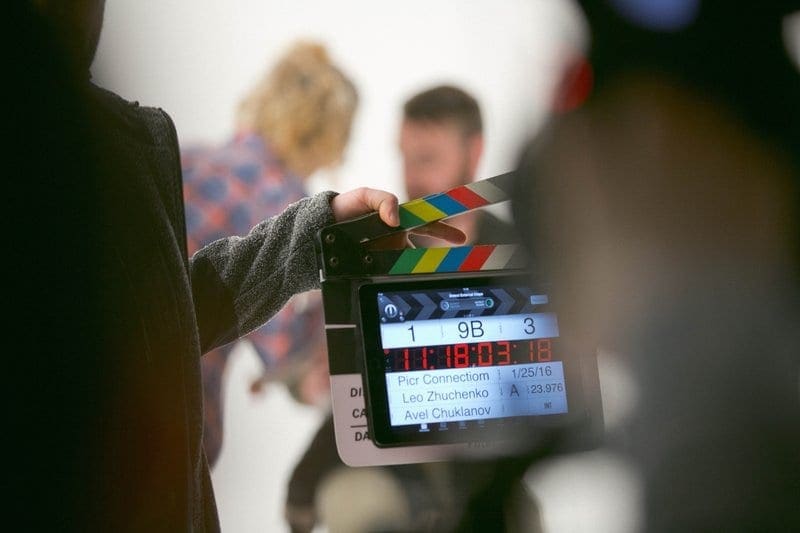
Music rights clearance can be a complex and overwhelming process for those looking to use copyrighted music in their projects. With so many different rights holders and licensing options, it’s important to have a clear understanding of the process in order to avoid legal issues and ensure proper compensation for the use of the music.
In this guide, we’ll break down the basics of music rights clearance and provide tips for navigating the process.
Are you releasing new music?
Book a meeting with a Music Gateway A&R today.
Discuss release strategies, distribution, growing your fanbase, organic playlisting, press, radio and more.
Music Rights Clearance – A 6-Step Guide
1. Gather ideas for your music
When starting a new project, it’s important to get ahead of the game and ensure you leave yourself enough time and budget for clearing the music. Outside of creative relevance, it’s important to cover all your bases when gathering ideas for music by having multiple options and backups in case there are barriers to your first choices.
Remember to be realistic as well! If you only have a few thousand to spend then it’s unlikely you’ll be able to afford to licence the current #1 in the charts!
2. Prepare the required terms
In order to request licences, you’ll need to have a solid understanding of the terms and usages that you require. Standard terms include:
Project Synopsis: A brief description of the project and the goal. If it’s a film, TV show, or game then give an overview of the plot. If it’s an advertisement then be sure to highlight the brand and business type.
Scene description: If it’s a film or TV show then provide a few sentences about the scene/visual in which the music will be played over. Is it diegetic or non-diegetic?
Budget: Provide a budget so that rights holders can quote appropriately. This can be the overall project budget or a dedicated music budget.
Media type: What type of media is being created? (film, advertisement, game etc)
Usage: How many seconds/minutes of a track will be played?
Term: Do you need the licence for a specific number of years or in perpetuity (forever)?
Territory: Where in the world will the media be broadcast/distributed?
Is there Paid advertising?: If you’re posting on social media, will you be putting advertising spend behind the post?
There may be more information that rights holders request and licensing fees will be dependent on how they feel their music will positively affect your media.
3. Research and approach rights holders
Potentially the most time-consuming part of the process is researching the owners of the rights. To licence a piece of music, you’ll need to contact the publishing owners who control the concept of the song such as lyrics and melodies – some tracks may have more than one publisher – and contact the master owners who control the audio recording. A simple Google search can sometimes point you in the right direction, however, you may have to utilise databases such as PRS, ASCAP, and BMI to locate rights holders.
Emailing them with your proposal is the most effective way of approaching bigger rights holders but they can sometimes take a while to respond.
4. Negotiate fees and go for approval of Music Rights Clearance
Once you’ve made contact with rights holders, you may find their licensing quotes over budget in which case you can decide whether to remove the track as an option or negotiate a more achievable fee. Rights holders might give different figures for the same track so you have to be mindful of the overall fee to ensure everyone is in agreement.
Parties will go for ‘approval’ which is simply written confirmation from songwriters, publishers, and master owners that they will licence the track for the proposed terms and fee – approval usually lasts for between 30 and 90 days before expiring.
5. Request formal licences
Once you’ve got approval from all parties, you can request formal licences – a sync licence from publishers for each share and a master licence from master owners. At this point, you are committing to the licence and will be sent payment details which need to be paid in full before media can be broadcast. Many rights holders will charge a cancellation fee (a percentage of the sync fee) if you withdraw from the licence after submitting a formal request.
6. Stay within the licence
So you’ve successfully licenced some music into your production but it doesn’t end there! It’s important not to exceed the limitations of the licence you’ve been granted so stay within the terms and ensure you renew a licence if required. Films and TV shows will also be required to submit cue sheets to PROs in order for backend royalties to be distributed.
Closing Thoughts on Music Rights Clearance

In conclusion, navigating the world of music rights clearance can be a daunting task, but with the right guidance and resources, it can be a smooth process. By following the steps outlined in this guide and seeking the assistance of professionals when needed, you can ensure that your use of music is legally sound and that the appropriate parties are compensated for their work.
Remember, respecting music rights not only protects the creators but also enhances the value and integrity of your own project.
If you would like help with understanding or securing music rights clearance for your project, you can book in a 1-2-1 to discuss your requirements with the MG Team.









